Port Arthur, Tasmania: a heavenly place with a hellish past
An in-depth private tour immerses guests in the stories of Port Arthur’s notorious penal settlement.
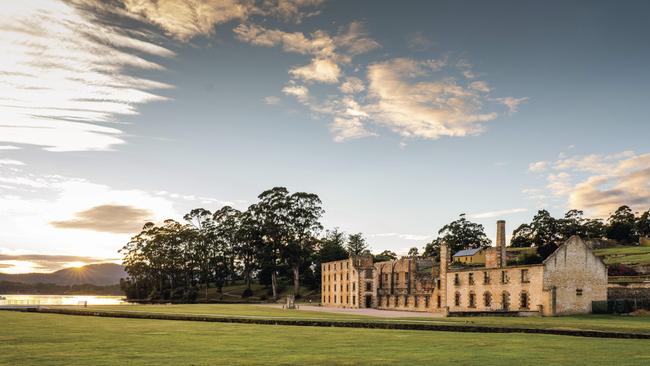
The visitor to Port Arthur Tasmania arrives primed with infernal images of its days as a penal colony; a wretched purgatory when it wasn’t a living hell. So dire was what passed for a life in this factory-like penitentiary that inmates welcomed a spell in the nearby coal mines as a relief and a “change of air”; or so wrote Marcus Clarke in his convict-era classic, For the Term of His Natural Life.
The Port Arthur convict settlement, facing a lovely harbour tucked away on the pristine Tasman Peninsula, was established in 1830 as a timber camp but by 1833 it had become a secondary-punishment station, a jail for convicts of the worst kind. These were the repeat offenders or, in a striking phrase used by Robert Hughes in The Fatal Shore, “double-damned incorrigibles”. The wretched recidivists, together with political rebels who could not or would not be reformed, were put to work felling trees of enormous height for lumber that could be used for buildings or the vessels under construction at the colony’s dockyards. In its brief life the docks churned out 16 ships and 150 small boats. After the trees were cut down, groups of 50 or so men formed “centipede gangs” to lug them out of the bush.
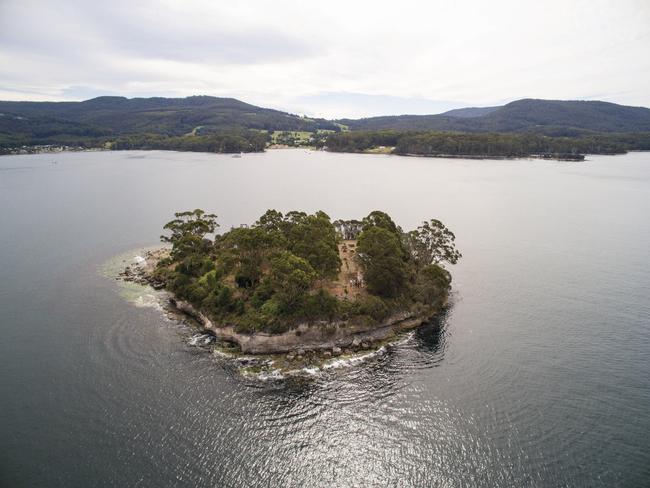
Escape was well-nigh impossible. On one side of the colony spread an expanse of ocean buffeted by gales from the south; on the other loomed mountains and forests and the same treacherous weather. Given a choice between sharks and snakes, most chose to risk the latter. It rarely ended well.
“A farmer not many years ago found a skeleton tangled up in scraps of clothing, still in chains,” explains Colin Knight, my guide for a day on the Wheel of Fate private tour, a deep dive into convict history with a stop at the commandant’s residence for libations and, when the dive is over and you surface for air, a splendid lunch.
Our tour begins at the cavernous visitor centre, designed by award-winning Tasmanian practice Rosevear Stephenson, and a quick introduction. I realise at once that I’ve previously taken a standard group tour of Port Arthur Tasmania with Knight, who sports long white whiskers and a black beret and has a thespian air. Six months have passed and today we’re meeting in autumn, but on that spring day last year I was acutely conscious of being one among many with no claim on the guide’s attention. Today, on this premium tour, I have him all to myself.
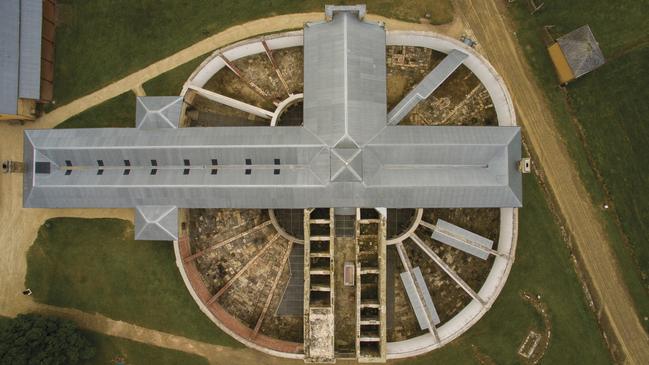
As we walk down to the harbour, Knight explains a little about the Wheel of Fate concept. Port Arthur’s story is largely the history of petty criminals. High, and not so high, crimes were dealt with on the English gallows at a time when about 220 offences were punishable by death. And birth “in the wrong place at the wrong time”, Knight explains, was typically the first of many misfortunes. Poverty was hard to escape. “It was something you had no control over.”
He breaks from history to reflect on the universality of his theme. “We talk about the fickle finger of fate, or the goddess Fortuna; we say: ‘For God’s Sake!’ or ‘By Jove’. The ancients might have sacrificed to the gods. We might tend to pray. Port Arthur concentrates this much larger human theme on to a specific time and place.”
We pause, and Knight taps and swipes at a tablet to bring up images of child labourers from Victorian England not long after the founding of Port Arthur.
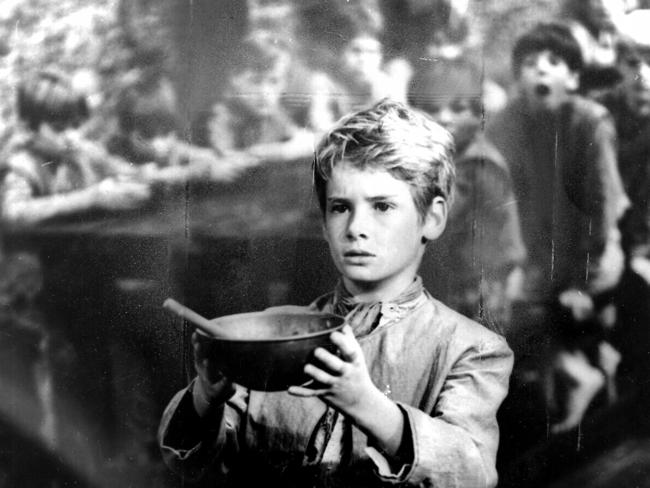
He points to one of an adult chimney sweep and his diminutive “climbing boy”, aged about six, who was sent up the chimney as a kind of human broom. “These children were often orphans and were sent to work or steal by their impoverished parents,” he says. “The work was often dangerous and must have been horrible.” Other images are of children working down coal mines and in textile factories.
The great literary representation of child labour – simultaneously a cri de coeur – is Charles Dickens’s Artful Dodger: occupation, pickpocket. In Oliver Twist the eponymous hero is for all intents and purpose an orphan. Says Knight: “Dickens writes that ‘He might have been the child of a Nobleman or a beggar’.” But he was born, instead, into poverty and crime.
Oliver, along with the Artful Dodger and his band, are led by the canny Fagin, who as Knight points out, was modelled by Dickens on a small-time crook named Ikey Solomon. Transported to Port Arthur Tasmania in 1834, Solomon died a free man in Hobart, and was buried in the old Jewish cemetery. “Many of the boys on which Dickens modelled Oliver Twist were sent to Port Arthur and kept at Point Puer (Latin for boy), well apart from the adult offenders,” he says motioning to a low-lying promontory separated by a channel a little more than 100m wide from the convict cemetery, or Isle of the Dead. “It was the first purpose-built British reforming institution for boys.” Many youngsters were taught a trade out at the point, he explains, and some went on to lead successful lives.

One of these was Jeremiah Melbourne, transported for stealing three pairs of trousers. He left Point Puer as a skilled stonemason and went to work in Melbourne during the early boom years. “As a respectable citizen he would never mention Van Diemen’s Land, and his six children seem not to have known he’d been transported,” says Knight. “But a distant cousin in Western Australia claimed that his story had been passed down to her.” A few curious details lend the story an air of authority: Jeremiah and his brother had been dragged away from their mother screaming, and on the voyage out they survived on uncooked turnips.
One of the charms of the Wheel of Fate tour is that it takes in the broad sweep of history yet maintains a tight focus on human stories – real people. Knight mentions Mathew Gunson, who at the age of 16, when he was transported to Port Arthur Tasmania for seven years for stealing a pearl ring, was just over 1.2m tall. He told the courts he was “sent out thieving by my mother, if I did not bring home two or three shillings every night I was to be turned out of doors”.
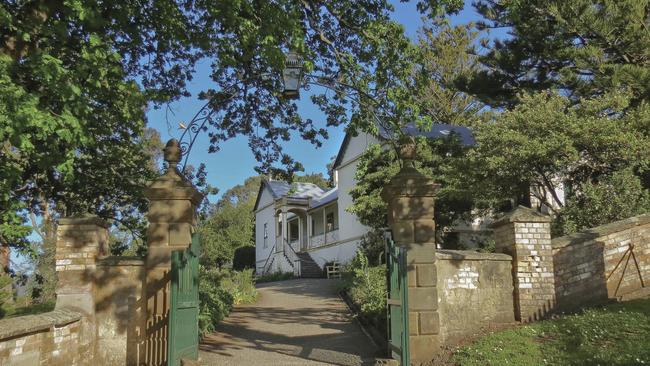
These are riveting stories that take up the universal theme of fate, and the obscenity of child labour, its literary depiction in Oliver Twist, and its traces in the historical records. In my guide’s hands, these threads are woven masterfully into the history of Port Arthur.
Along our stroll through the four-floor penitentiary, originally a flour mill and granary, and the creepy Separate Prison designed on the principle of psychological rather than physical torture, Knight decants more tales. There are bushrangers, psychopaths, successful escapees (one of whom likely murdered and barbecued his fellow fugitive), and men who did their time stoically and went on to live into old age, taking the secret of their Port Arthur years to the grave.
Another alumnus of Port Arthur was the forger Henry Savery, who went on to write Australia’s first novel: Quintus Servinton: A Tale founded upon Incidents of Real Occurrence (1831). But the wheel of fate was unkind to Savery. He fell into debt, and succumbed to alcoholism, and finally took his own life.
When the Wheel of Fate tour is nearly over – all that remains is a stroll back past the ruins of an unconsecrated church – we enjoy a fine three-course meal with local wine in the dining room of the visiting magistrates’ house. Looking on to the gardens and grounds and the harbour beyond, all of it bathed today in autumn sunshine, it’s hard to imagine a lovelier setting for a hell on Earth.

In the know
The four-hour Wheel of Fate tour is available for a minimum of two people and a maximum of 10. The tour includes an expert-led immersive talk, behind-the-scenes access to heritage buildings, and a two-course meal with canapes and beverages.
culturalattractionsofaustralia.com
Luke Slattery was a guest of Cultural Attractions of Australia.
This article was originally published in June 2021 and has since been updated.

To join the conversation, please log in. Don't have an account? Register
Join the conversation, you are commenting as Logout